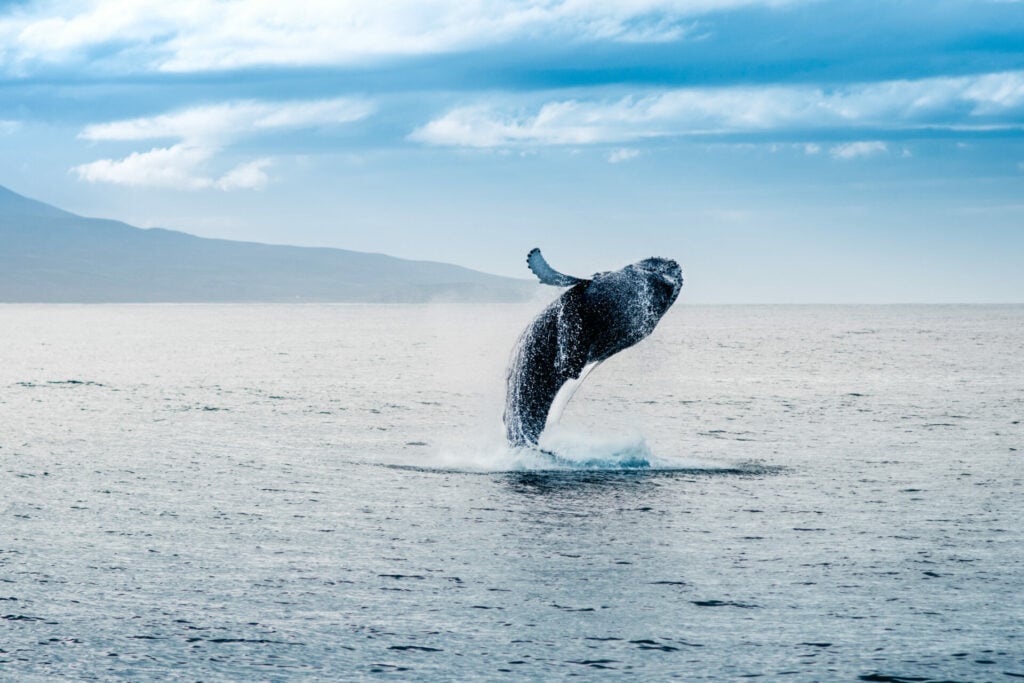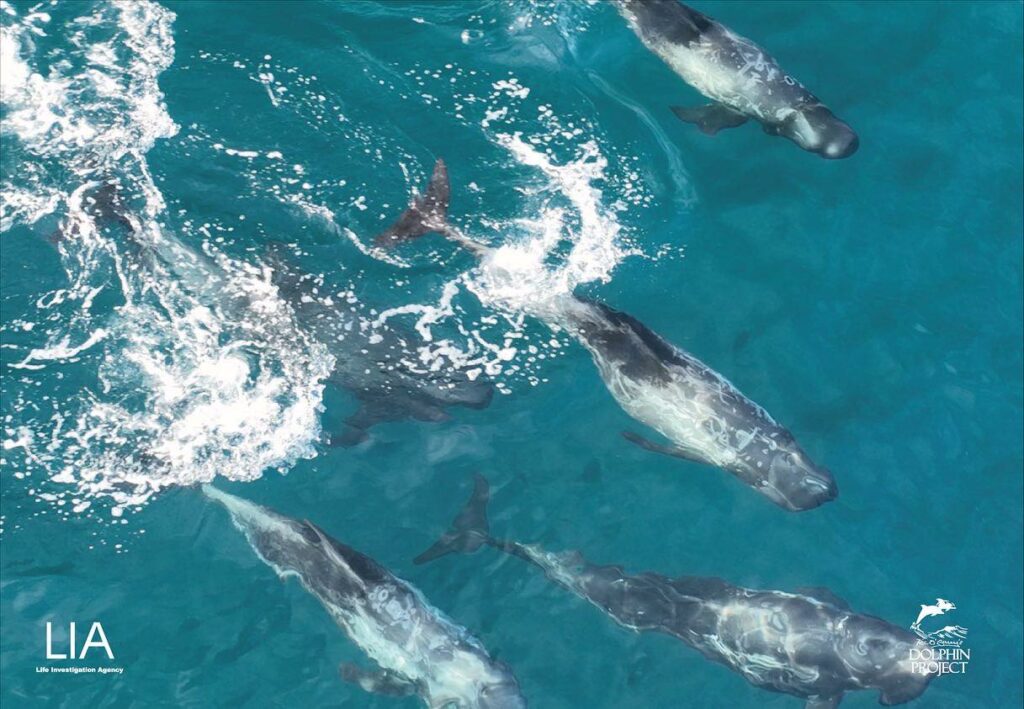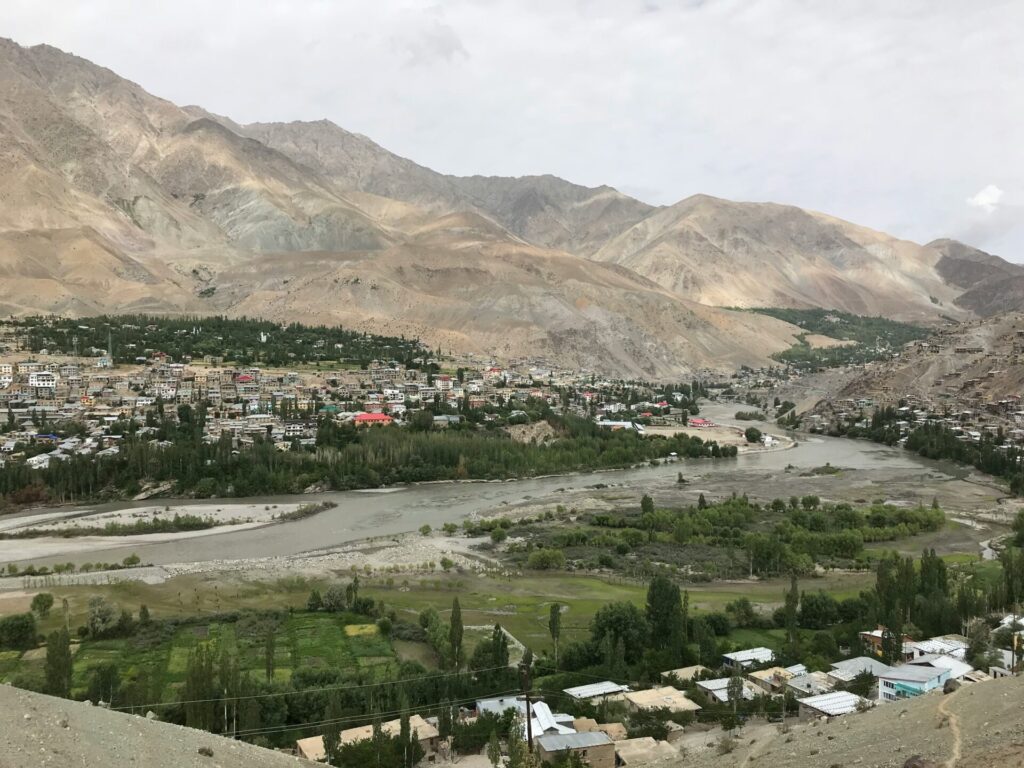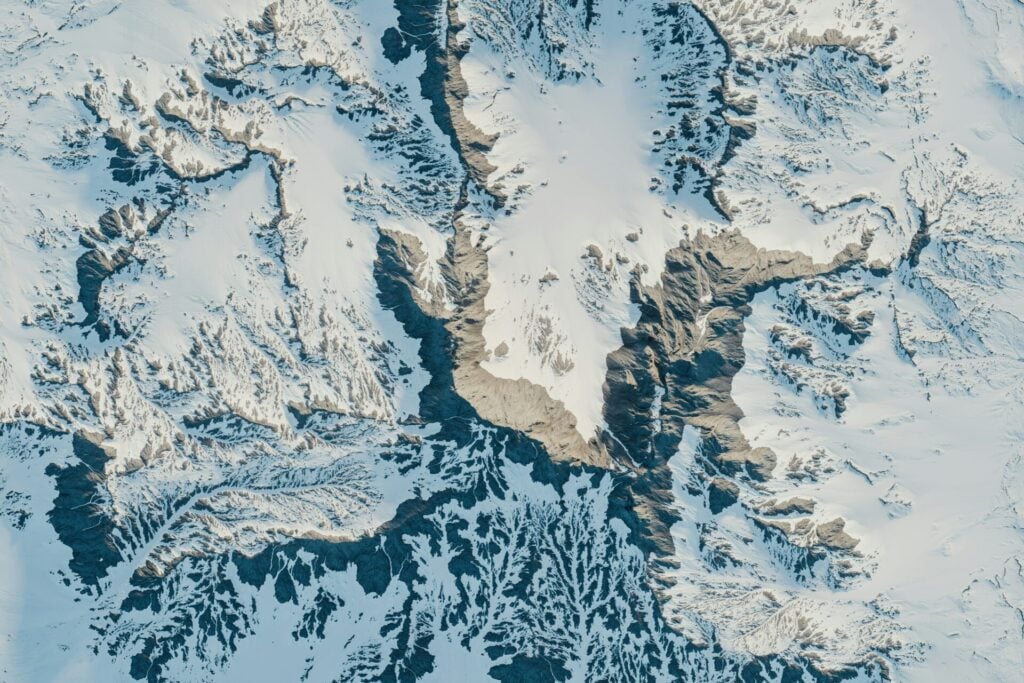More than half a century after being captured in the north-west Pacific Ocean, Tokitae, also known as Lolita, the oldest orca in captivity, is to return to her home waters.
The US owners of the Miami Seaquarium where Tokitae – also known as Lolita – lives have announced a ‘formal and binding agreement’ with a group called the Friends of Lolita to begin the process of returning the mammal to Puget Sound, off the coast of Washington State.
They said the relocation will be possible in the next 18 to 24 months.
Not Only Tokitae
The news comes in the wake of the death of ‘the world’s loneliest orca’ killer whale Kiska, who died after more than 40 years in a Canadian theme park.
Tokitae lived in the smallest orca enclosure North America, in a pool of water that made her skin infected and was fed fish that was occasionally rotten leading to intestinal issues.
Over the years groups, including members of the indigenous Lummi nation and animal rights organisations, have called for the 2,268 kg whale’s release from the Seaquarium, with some staging protests outside the facility.
A financial contribution from Jim Irsay, owner of the NFL’s Indianapolis Colts American football team, helped to secure the release
‘I know she wants to get to free waters,’ Irsay said at a news conference in Miami. ‘I don’t care what anyone says. She’s lived this long to have this opportunity. And my only mission is (…) to help this whale get free.’
‘The story of Lolita the orca has been near and dear to my heart. I am proud—-and enthusiastic—-to play a role in finally returning Lolita to her native Pacific Northwest.’

Tokitae lived in the waters of Penn Cove, Whidbey Island before a group of men with herding spears and guns corralled a group of resident killer whales, separating mothers from their calves.
At least a dozen of those killer whales died during the capture, and more than 50 were kept for display, one of which was Tokitae, then around four-years-old.
The native American Lummi people, who live on land in Washington State close to the marine mammal’s original home have never stopped campaigning for her release as they regard killer whales as part of their extended family.
They call her Sk’aliCh’elh-tenaut – meaning that she is a member of Sk’aliCh’elh, the resident family of orcas who call the area home.
Future Home
The intention is for Tokitae to be housed in a sea pen, even though some of her relatives are still alive, including the 90-year-old killer whale believed to be her mother.
However wildlife experts fear that if she were to encounter her family, the infections picked up in captivity could be spread to the other orcas. Just 74 individuals are known to exist in the local area.
Howard Garrett, founder of the non-profit Orca Network who has been advocating for the release for decades, said: ‘This was a momentous historical event.’
The process to return Tokitae to her home began with the transfer of the aquarium’s ownership to The Dolphin Co. The company later partnered with the Friends of Lolita to provide medical care.

Eduardo Albor, CEO of The Dolphin Company, said: ‘Finding a better future for Lolita is one of the reasons that motivated us to acquire the Miami Seaquarium. Working with the same objective, many other organizations can achieve great things when both parties focus on common goals, rather than different views, and make feasible something that before was a hopeless dream by accepting each other as allies.’
The Seaquarium’s previous owner, SeaWorld Entertainment Inc phased out most killer whale performances in 2016. But Tokitae was only retired from shows in March 2022 after management changed hands.
The push to free Lolita gained momentum after the 2013 Netflix documentary ‘Blackfish’ highlighted the plight of captive orcas and the US National Oceanic and Atmospheric Administration added them to the endangered species list in 2015.
For more articles on wildlife conservation visit our CHANGE section










